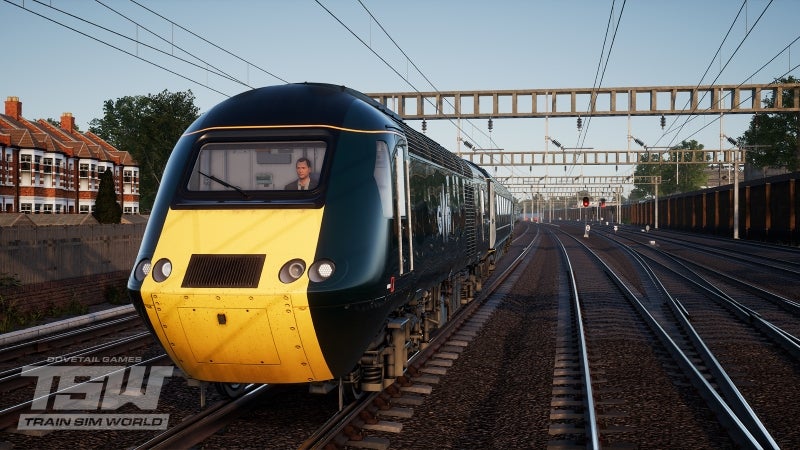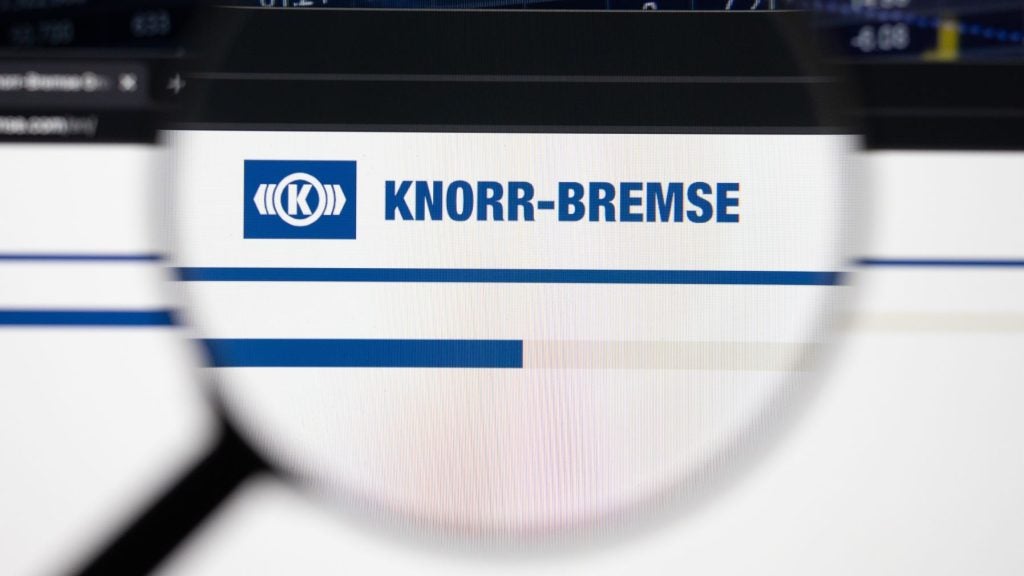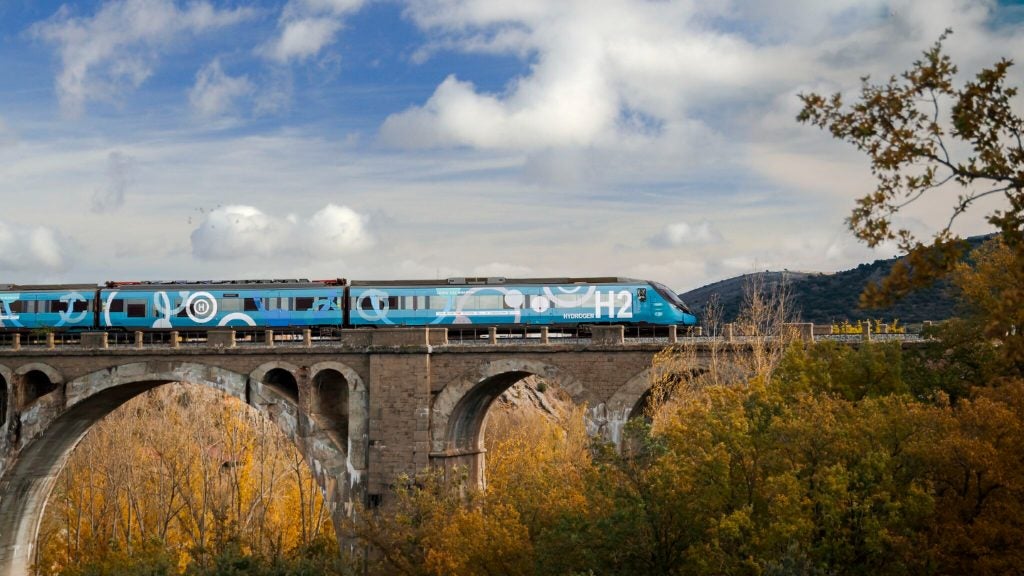
While the majority of video gamers find satisfaction traversing platforms in the company of an Italian plumber in red overalls or fighting their way through fantastical alien worlds, there is another breed of gamer looking for something far closer to real life.
Simulation (sim) games pride themselves on allowing players to immerse themselves in highly realistic replicas of the industries that we see every day. Planes, trains, automobiles – if it can be operated, there’s a good chance a sim game exists to cater to enthusiasts and hobbyists.
Flight sims can be credited with bringing simulation games into the mainstream, with Microsoft Flight Simulator acting as a flagship product in the early days of personal computing and still a mainstay to this day.
Train sims hit the track
Commercial train simulator games came later, with mass-market train sim games emerging around the turn of the millennium. Since then, a flourishing eco-system of train simulator games has emerged to fill this gaming niche, with space enough for a range of styles. Some, like Dovetail Games’ Train Sim World, focus on stunning graphics and a welcoming playstyle that beginners and sim veterans alike can enjoy.
Others, such as the venerable Railroad Tycoon series or Kalypso Media’s more recent Railway Empire, take players out of the driver’s seat and into the executive suite, charging them with planning routes and optimising the operation of an entire rail network, whether modern or in the golden age of steam locomotion.
And then there is the ‘hardcore’ end of the train simulator spectrum. These games, which in many cases blur the line between entertainment and technical training, might not have the prettiest graphics on the market, but they are designed to emphasise something arguably more impressive – the detailed modelling of complex rail systems, from train braking physics to true-to-life timetables and signalling systems, in the most realistic way possible.
How well do you really know your competitors?
Access the most comprehensive Company Profiles on the market, powered by GlobalData. Save hours of research. Gain competitive edge.

Thank you!
Your download email will arrive shortly
Not ready to buy yet? Download a free sample
We are confident about the unique quality of our Company Profiles. However, we want you to make the most beneficial decision for your business, so we offer a free sample that you can download by submitting the below form
By GlobalDataA cottage industry of software developers, often supported by extremely active online communities, have allowed users to get to grips with the nitty-gritty details of train operation with more authenticity than ever before. In some cases they have also been industrialised for use as part of rail operators’ simulated training programmes.
Zusi 3: getting the details right
Zusi 3 is an excellent example of the latter style of professional-level train sim games. The game, developed by Carsten Hölscher, models more than 500km of driveable routes on the German rail network, including Cologne-Düsseldorf, the upper Ruhr valley railway, the marsh railway Heide-Westerland and the Intercity-Express (ICE) route Kassel-Göttingen.
While Hölscher has primarily marketed the Zusi series to the German market himself, for Zusi 3 he teamed up with German sim developer and publisher Aerosoft, which has logged more than 25 years in the world of simulation. Zusi 3 – Aerosoft Edition was released in June, repackaging Hölscher’s software along with the newly-added Cologne-Düsseldorf route.
“A lot of people were asking us to do some more specialised train simulation, which is not that casual, and more accurate in terms of professionals using it,” says Aerosoft head of product management Dirk Ohler. “Due to the fact that the product that Carsten developed is very strong in terms of professional background, we decided to contact him and do Zusi with him.”
The point of differentiation for Zusi 3 among the competition is not its visuals, which Hölscher acknowledges are “not that good”. What sets it apart is the incredible detail that has been put into the game’s simulation of German railway systems. The game incorporates driving physics that account for the train’s tilt, air and curve resistance, detailed simulations of in-cab Sifa safety systems, as well as accurate recreations of European and German signalling and train protection systems, including the European Train Control System (ETCS) and the older PZB/LZB systems that are used in Germany, Austria and other countries.
Creating this level of verisimilitude is a tall task for a single developer, but Hölscher is supported by an online community of rail enthusiasts who have made massive contributions.
“I’m the developer of the software, and we have a strong community,” Hölscher says. “Most of these trains and routes are created by the community. Some of them, about 15 or 20 people, helped during the development of the software. So while I was developing the software components, they developed the routes and the trains, so at the beginning we already had a lot of locos and many kilometres of track. Many of my users, at least those who are writing in my programme, have a professional background, so maybe train drivers and engineers in the railway business.”
Nevertheless, finding data sources to accurately recreate complex rail systems is still tricky, and depends somewhat on the public availability of industry documentation.
“You have to try to get information wherever you can get it,” Hölscher says with a chuckle. “Some of the systems are documented very well – for example, with ETCS, everything is public. But the old German systems, so LZB for example, is not public. I have some sources that are not public, and I collect all the documents that I can find. There might still be some little errors, but basically they are quite accurate.”
From gamers to trainers
Early customer reviews for Aerosoft’s edition of Zusi 3 praise its complexity and realism, while warning that this complexity makes the game an intimidating prospect for inexperienced sim players.
“This might be the most close to ‘reality’ level that is available for consumers,” wrote user ‘Nyhmps’ in a post on Steam, the leading digital marketplace for PC games. “If you’re new to any train simulation, this has a heavy learning curve and is not easy to start with.”
For gamers, simpler and more beginner-friendly simulations are available, but the painstaking technical detail packed into Zusi 3 has made it particularly interesting to the German rail industry as a simulated training programme for drivers. The professional version of the game is based on the same software but allows supervisors to manipulate the simulation for training purposes.
“Maybe he can switch signals interactively, or maybe cause some special situations,” Hölscher says. They can use Euroradio to have telephone calls with the driver. It’s quite important for training that you can simulate these telephone calls because they are really important for safe operation.”
The professional version of Zusi is used by several dozen transport groups and technical schools in Germany, including Abellio Mitteldeutschland, DB Regio and RheinCargo. The simulation is used in conjunction with hardware that replicates the driver’s cab, although simple versions of this kind of hardware are also available to the consumer market, so as Ohler puts it, “if you like you can build your own driver’s desk in your hobby room at home”.
“In railway operation, there are many situations that you have train drivers for, but they do not happen very often,” says Hölscher. “So the driver might never see it in real life even in ten years. But if it happens, he has to respond correctly, so you can produce many of these situations on the simulator and you can easily test and train the driver without any extra costs, without needing a real train. Many of these things cannot be practiced in real life because there’s just not enough time on the track that you can use.”
The future of rail simulation
Looking to the future, Ohler sees opportunities to potentially expand the Zusi brand outside of Germany, depending on the success of Zusi 3, as well as the availability of similar information and rail sim communities.
“We have to wait and see how it performs,” says Ohler. “A lot of the time, it depends on the people. If there are people in the UK having good ideas and making some scenarios, certainly that would be nice.”
In terms of professional usage of rail simulators for training, Hölscher sees the potential for significant market expansion both in Germany and outside.
“I see more and more companies that maybe would not have thought about simulators ten years ago, and now it’s interesting for them,” Hölscher says. “I think there will still be more need for simulators in the coming years, and that’s Germany only. In some other countries no simulators exist because no supplier has ever created the signalling systems and so on. I think in the Netherlands and Denmark, there are still no professional simulators. So there can be a lot of work in the future.”
For consumers, Ohler thinks a key development in the future will be combining high-quality graphics with the most detailed technical simulation to get the best of both worlds.
“People are looking for strong graphics because the computers and graphics cards are getting better and better every year,” he says. “So it would be great to have that professional background of Zusi combined with really strong graphics. Maybe this will be the future – a mixture of everything. The strong Zusi content combined with very detailed graphical quality. That could be a goal for the future.”







